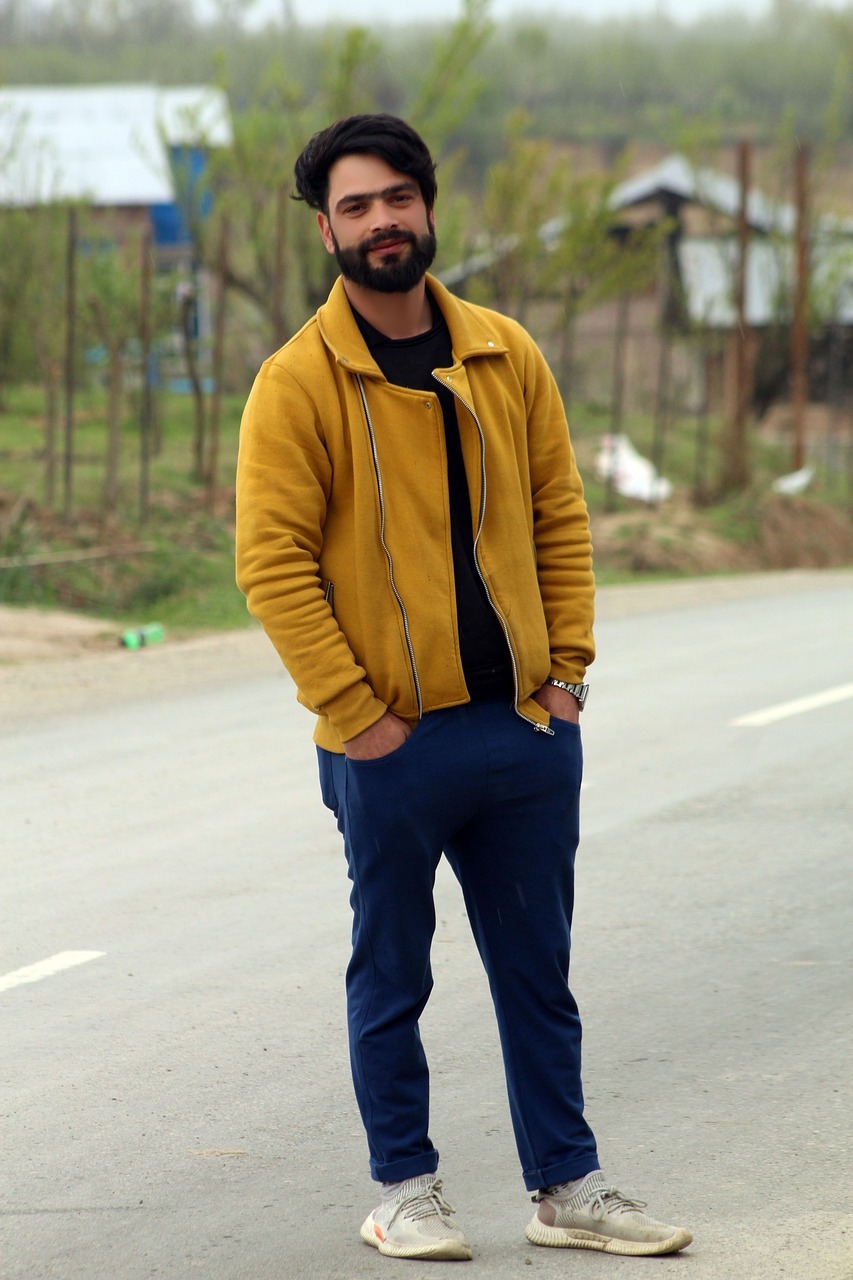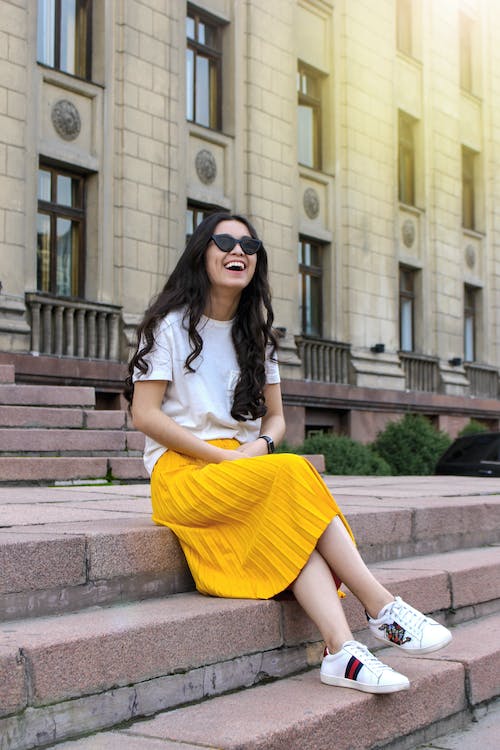French Fabric Types and Their Best Uses
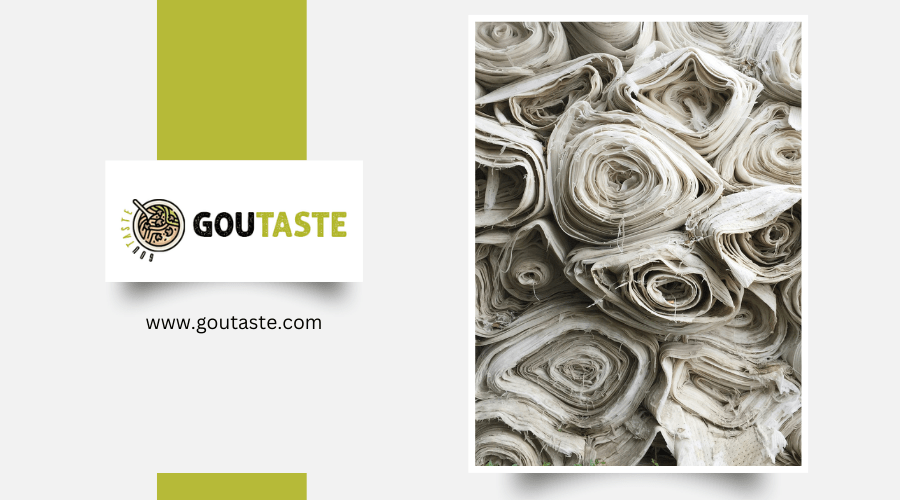
France has long been a hub of textile production, known for crafting fabrics that are as functional as they are beautiful. French fabrics have a rich history, with different regions specializing in unique materials that have been used for everything from military uniforms to fashionable garments and home décor. In this post, we’ll explore the key types of French fabrics and their best uses, showing how these materials have shaped both clothing and interiors for centuries.
1. Cotton Fabrics: Basin and its Versatile Uses
Cotton is one of the most popular textiles, not only in France but globally. French cotton fabrics like Basin have a long history of being used for lightweight clothing, particularly in the warmer months. Basin, a cotton sateen fabric, is known for its smooth texture and lightweight feel, making it perfect for summer clothing and intimate apparel. The sateen finish gives it a subtle sheen, adding an element of luxury without sacrificing comfort.
Cotton fabrics, in general, have been prized for their breathability and durability. French cotton is used for everyday clothing and often paired with delicate patterns for more refined pieces. While traditionally, cotton was used in shirts, dresses, and underwear, today, French cotton fabrics are widely used in both fashion and home décor, such as bedding and curtains.
Best Uses:
- Summer apparel (dresses, shirts, lightweight trousers)
- Bedding (sheets, pillowcases)
- Home décor (curtains, throw cushions)
2. Wool Fabrics: The Strength of Estamette and Cadis
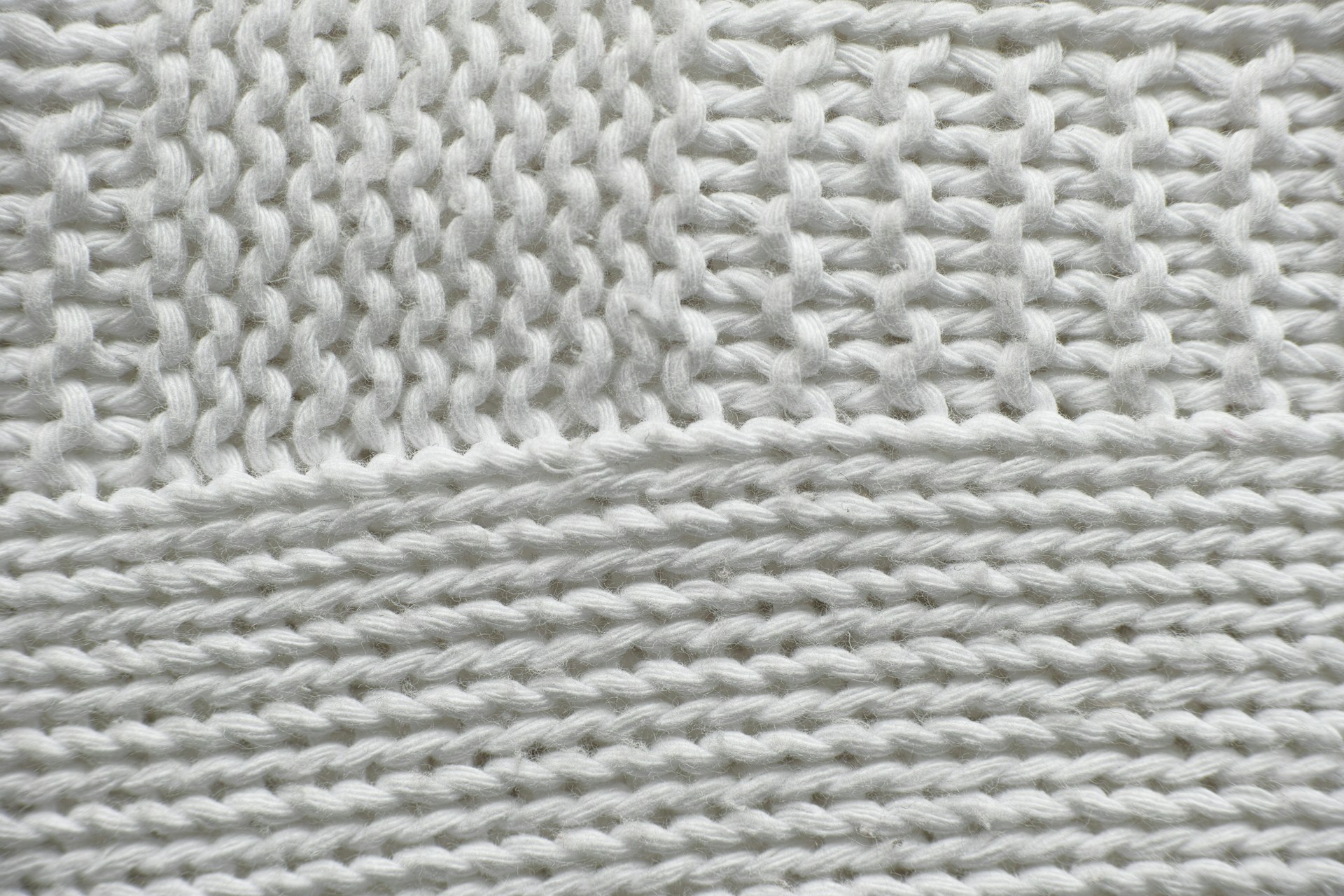
Wool has always been central to French fabric production, known for its warmth and strength. French wool fabrics like Estamette and Cadis were popular in the production of outerwear and linings for military uniforms and coats. Estamette, a plain weave worsted fabric, was used as the lining for officers' coats, ensuring warmth without adding bulk. Cadis, a fabric blending worsted and woolen elements, was known for its durability and versatility, with various grades suited for different uses.
Cadis was often used for coat linings, combining functionality and style. It had both woolen and worsted fibers, making it a resilient fabric that could handle frequent use. Similarly, Estamette was prized for its ability to keep warmth in harsh conditions. The use of these fabrics in military uniforms was essential to ensuring that soldiers could withstand cold temperatures during campaigns.
Best Uses:
- Outerwear (coats, jackets)
- Lining for winter garments
- Uniforms and military coats
3. Calamande: Gloss and Elegance for Fashion and Décor
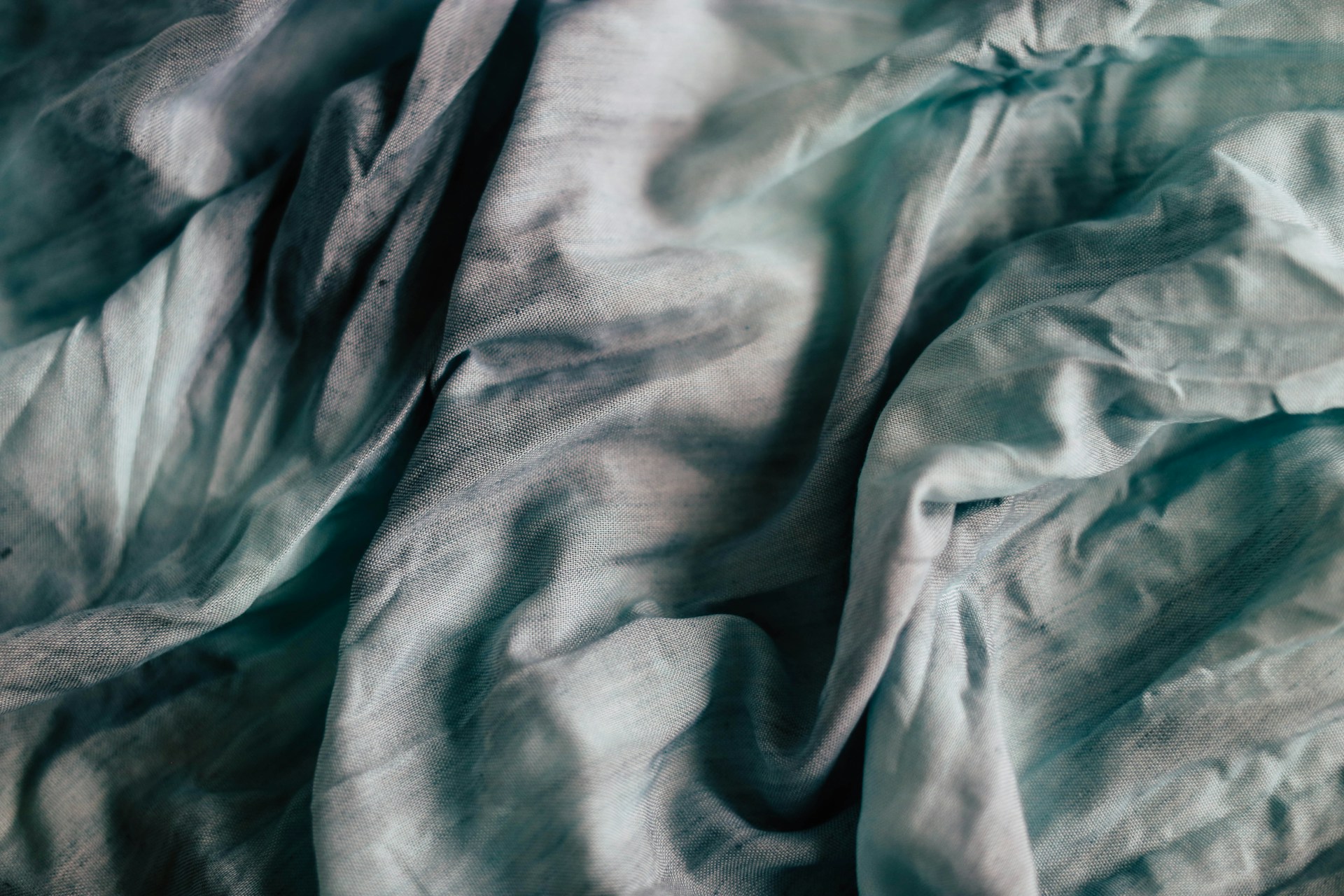
French textiles have often embraced the beautiful and decorative, and Calamande is a perfect example of this. Known for its glossy, smooth finish, Calamande was a glazed fabric that often came in solid colors, stripes, or intricate patterns. The glaze added to the fabric’s appeal, giving it a reflective sheen that made it popular for more formal or decorative garments.
Because of its luxurious appearance, Calamande was widely used in fashionable clothing, such as vests, waistcoats, and formal skirts. The fabric’s reflective sheen also made it ideal for use in home interiors, where it was often turned into drapes or upholstery to add a sophisticated touch.
Best Uses:
- Fashionable garments (waistcoats, vests, skirts)
- Home décor (drapes, cushion covers, chair upholstery)
4. Military Fabrics: Cordillat, Drap, and Drap Gris-Blanc
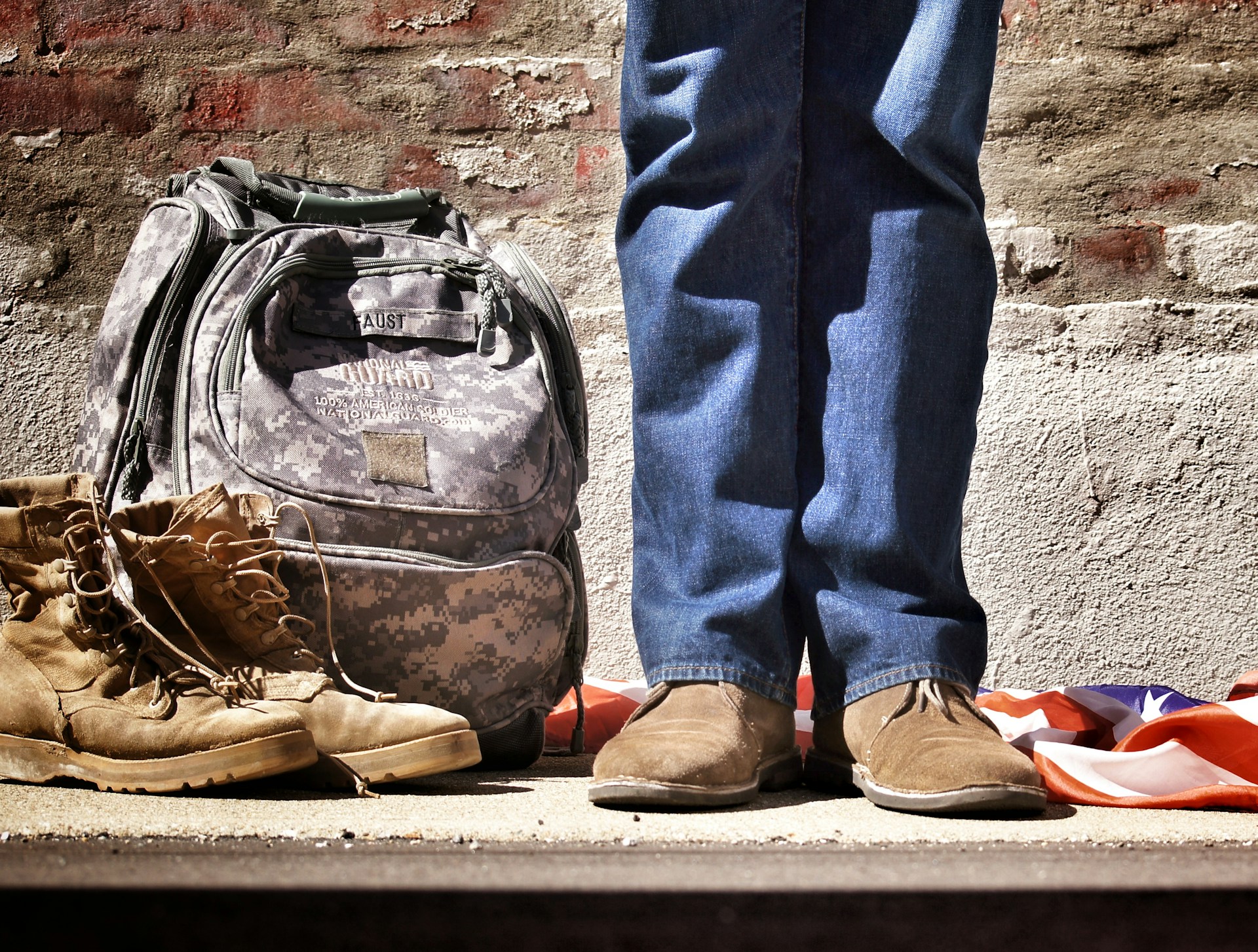
Military demands have often driven innovation in fabric production, and France is no exception. Several fabrics were specifically created to meet the needs of the French military. Cordillat, a coarse woolen twill, was used to make gaiters for soldiers, offering durability and warmth. Drap, a woolen fabric similar to English broadcloth, was widely used for military outer garments. Drap was made in various grades, depending on its intended use. Some of the finest Drap fabrics came from regions like Louviers, Sedan, and Elbeuf, each known for its superior wool production, often sourced from Spanish Merino wool.
Drap Gris-Blanc was another military staple. This natural white wool fabric was used for soldiers' coats and had the added benefit of not requiring bleaching, making it a practical choice for the military. This unbleached wool was durable, provided warmth, and reduced production time by eliminating the need for bleaching.
Best Uses:
- Military uniforms
- Durable outerwear
- Functional clothing for outdoor activities
5. Serge: Versatile, Durable, and Stylish
Serge is one of the most versatile fabrics in French textile history. It was a woven woolen or worsted fabric used in a variety of applications, both in military and civilian clothing. Serge was known for its strength, durability, and ability to hold up to heavy use. It came in several different types, each with a specific use:
- Serge Drapée: Dense and thick, used for heavy-duty outerwear.
- Serge en Poil: Lightly felted, with a long nap, making it ideal for garments requiring warmth and texture.
- Serge Commun: A more open weave commonly used for linings where breathability was needed.
- Serge Rasée: Known for its smooth, sometimes glazed surface, used for more polished, formal attire.
Serge fabrics were essential in creating practical garments for cooler climates, and their versatility made them a popular choice for linings, heavy-duty clothing, and outerwear. Even today, serge is used in modern-day suit fabrics and workwear because of its strength and durability.
Best Uses:
- Heavy-duty outerwear (coats, jackets)
- Formal suits
- Linings for coats and military wear
6. Tirtaine: An Affordable Blend for Everyday Wear
Tirtaine was a blend of cotton or linen with wool, offering a cheaper alternative to pure wool fabrics. This made it an affordable and practical choice for everyday wear, particularly for working-class citizens. The blend of fibers created a durable yet comfortable fabric that was used for simple, functional garments.
The durability of Tirtaine made it a staple for workwear, ensuring that clothing could withstand frequent use and tough conditions. Because it was a more affordable fabric, it was also used in home textiles like upholstery for lower-cost furniture.
Best Uses:
- Workwear (trousers, jackets)
- Everyday clothing
- Upholstery for home furniture
7. Tricot: Knitted Comfort and Durability
Tricot refers to both knitwear and woven fabric, used primarily in military clothing for items like caps, stockings, and vests. The knit version of Tricot was popular for stretchy, comfortable clothing, offering warmth and flexibility. This fabric was ideal for use in cold-weather garments, particularly in military applications.
In addition to knitwear, the woven version of Tricot was also used for military vests and trousers, offering durability and warmth without the bulk of heavier woolen fabrics. Tricot became synonymous with comfort, and its versatility ensured it could be used for both undergarments and outerwear.
Best Uses:
- Knitwear (caps, scarves, stockings)
- Military clothing (vests, trousers)
- Casual clothing for cold weather
Regional Specialties in French Wool Fabric Production
France has long been known for its regional specialties in wool production. Certain areas became renowned for their fine fabrics, often made from Spanish Merino wool. These fabrics were used in both military and civilian applications and prized for their softness and durability.
- Louviers: Produced top-quality wool fabrics made from Spanish Merino wool, used in high-end outerwear and military coats.
- Sedan: Famous for its high-quality black wool, often used in formal military attire.
- Elbeuf: Another region is known for producing superior Merino wool fabrics, often used for outer garments.
- Berry: Produced wool fabrics using local French wool, offering a more affordable option compared to Merino wool.
Wrapping Up
The vast range of French fabrics, from luxurious silks and glossy Calamande to sturdy wool blends and practical cotton, reflects the country’s rich history in textile production. Each fabric was crafted with a specific purpose in mind, making French textiles both functional and beautiful. Today, these fabrics remain popular in fashion and home décor, continuing to inspire designers around the world.
Whether you're looking for the perfect material for a chic summer dress, a durable wool coat, or stylish home décor, French fabrics offer a wide range of options that combine elegance, practicality, and timeless style.

